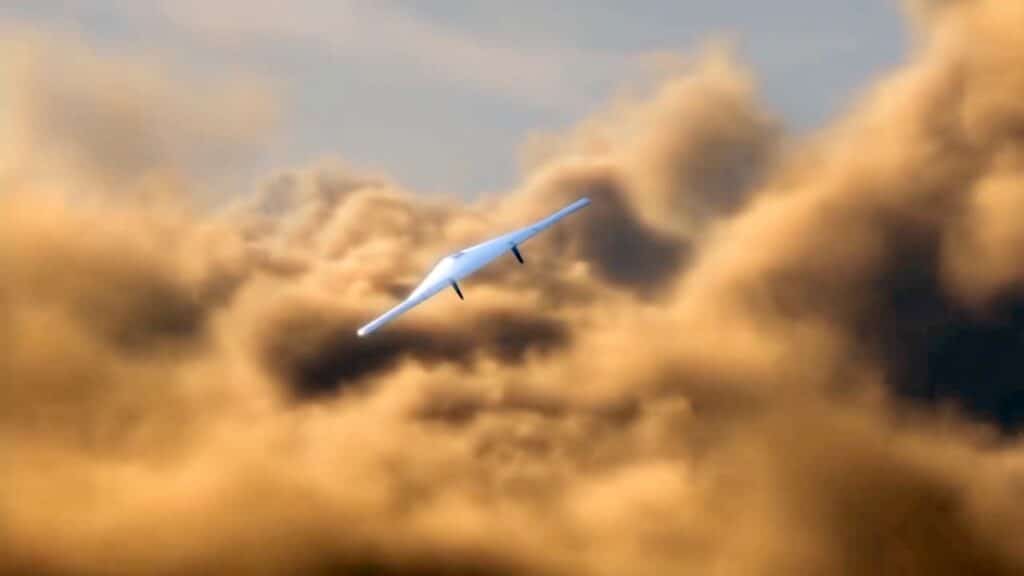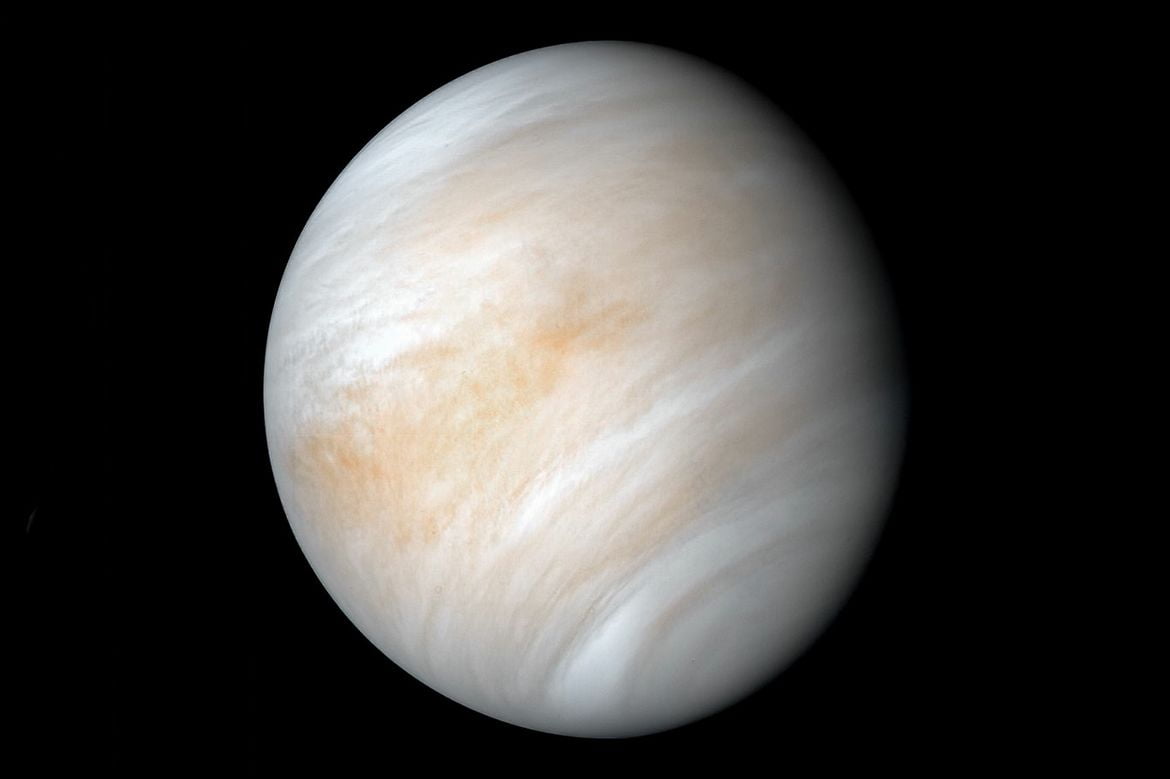The alleged detection of phosphine gas in Venus' atmosphere has raised the fascinating question of whether this gas could be of biological origin.
Given how inhospitable Venus appears to life as we know it, the question alone has caused a stir. Over the past two years, however, there have been several surveys that have provided clues to this effect. Scientists today showed that Venus might indeed be habitable, after all, high up in the clouds, not on the planet's hot surface.
There are unsuspected similarities between Venus and the Earth
Among the observations made by the various research groups, there are some notable ones. On Venus, the level of solar radiation at specific altitudes is comparable to solar radiation on Earth. This means that airborne photosynthesizing microbes could survive at those altitudes. Additionally, the thick layer of clouds would provide some protection against ultraviolet radiation, and it is possible that the acidity in those clouds would be lower than expected and within parameters acceptable for life.
“Together,” the researchers wrote in their paper published in Astrobiology, “these photophysical and chemical considerations support a potential for phototrophy in Venus clouds.”

Why is this possibility a sensation?
Simply because habitability on Venus seems really unlikely. The conditions on the surface are truly hellish. The planet is surrounded by a dense atmosphere composed almost entirely of carbon dioxide that rotates 60 times faster than the planet itself, producing incredible winds. The sky is full of thick clouds of sulfuric acid and its atmospheric pressure (at 0 altitude) is almost 100 times greater than that of Earth. As if that weren't enough, it's terribly hot. Not like here in August, I mean. The average surface temperature is 471 ° C (880 degrees Fahrenheit).
For this, when the astronomers have announced that they have taken over phosphine gas into the planet's atmosphere last year, controversy ensued. This is because one of the explanations for its presence could be microorganisms.
The phosphine it can be found here on Earth in very limited contexts. One of these is the anaerobic, or low-oxygen, ecosystem. It is found in swamps and muds, in the intestine and in intestinal gas. Somehow, anaerobic microorganisms produce phosphine and… the clouds on Venus are anaerobic. Given that the biological origin is not the only possible explanation, however (there is also the possibility that the phosphine comes from volcanic activity) further investigation is needed.
The study in detail
The research team leading the biochemist Rakesh Mogul of California State Polytechnic University, began by examining the level of sunlight that can penetrate the clouds of Venus. The data came from Russian probes sent to Venus between 1967 and 1983. None of these probes survived long on the surface, but they did send cloud measurements as they descended.
From these and other historical measurements, the researchers were able to calculate light levels within the clouds and determined that radiation in Venus's middle and lower clouds they are similar to those on the earth's surface, where photosynthetic life is abundant.
But light levels alone are insufficient. A study earlier this year found that there simply isn't enough water activity in Venus' clouds to support life as we know it. But that may not be the case if the composition of Venus' clouds is not what we think. Current estimates place the concentration of sulfuric acid at 75% for the central clouds and 98% for the lower clouds.
On Venus, the details can make a difference
Mogul and his team revisited the Venus data and determined that the signatures indicating sulfuric acid could also be caused by neutralized forms of sulfuric acid, such as ammonium bisulfate. If this is the case, then there may be much more water activity (and much less acidity) in Venus' clouds than previous estimates suggest.
Even now, however, there is no 100% certainty. However, research has established (and no longer excluded) that this eventuality is possible. This opens avenues for future research, including more detailed analysis of Venus' atmosphere.
“Water acidity and activity levels are potentially within an acceptable range for microbial growth on Earth,” Mogul says. “And constant UV-limited illumination suggests that Venus' clouds may be hospitable to life, and should be the target of future survey missions, such as those currently planned for Mars and Europe".


